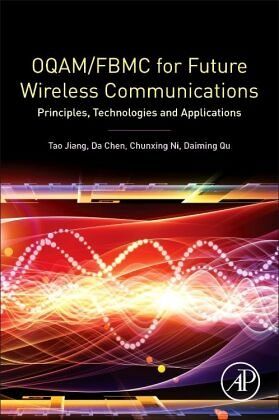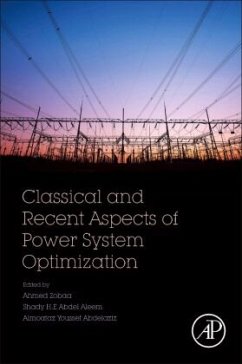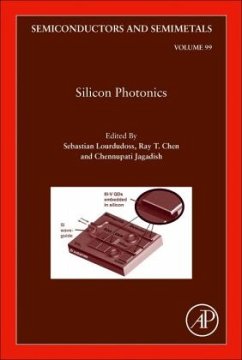
OQAM/FBMC for Future Wireless Communications
Principles, Technologies and Applications

PAYBACK Punkte
44 °P sammeln!
OQAM/FBMC for Future Wireless Communications: Principles, Technologies and Applications?introduces the concepts and key technologies of OQAM/FBMC, which has been regarded as the potential physical layer technique in future wireless communication systems. It comprises 10 chapters that provide an overview of wireless communications, introduce wireless channels, single carrier and multicarrier modulations, and three types of FBMC systems, also comparing OQAM/FBMC with OFDM. Other chapters introduce the OQAM/FBMC communication system model, the FFT implementation, CP insertion, PSD analysis, proto...
OQAM/FBMC for Future Wireless Communications: Principles, Technologies and Applications?introduces the concepts and key technologies of OQAM/FBMC, which has been regarded as the potential physical layer technique in future wireless communication systems. It comprises 10 chapters that provide an overview of wireless communications, introduce wireless channels, single carrier and multicarrier modulations, and three types of FBMC systems, also comparing OQAM/FBMC with OFDM. Other chapters introduce the OQAM/FBMC communication system model, the FFT implementation, CP insertion, PSD analysis, prototype filter optimization, joint PAPR reduction and sidelobe suppression, overhead reduction with virtual symbols, time and frequency domain channel estimations, block-wise SFBC for MIMO OQAM/FBMC, and much more.













